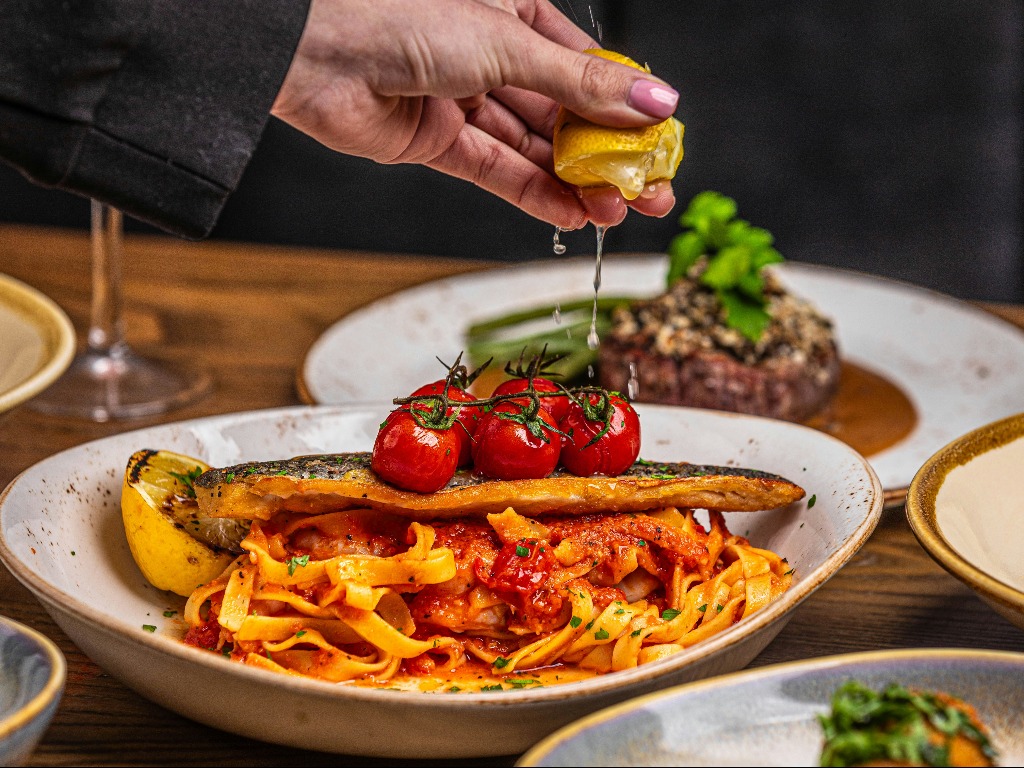The culinary tourism industry in Italy is poised to reach a value of USD 44,883.6 million in 2024 and evolve at a CAGR of 13.1% to acquire USD 153,714.1 million by 2034.
The culinary tourism ecosystem in Italy presents an exquisite mixture of history, culture, and advancements, making it a desirable destination for food fanatics globally. Popular for its rich culinary heritage, Italy offers an assortment of local cuisines, each well-known for its distinct flavors and methods.
From the diverse pasta of Emilia-Romagna to the seafood of the Amalfi Coast and the delectable pizzas of Naples, Italy’s culinary environment is in competition with its striking landscapes. Culinary travelers make a move towards Italy to taste authentic cuisines made of local farm fresh ingredients, combined with traditional recipes conveyed generation after generation.
An escalating global interest in food culture and cooking amplified the upsurge of cooking tourism in Italy. Tourists look for immersive experiences beyond just dining but also hands-on cookery lessons, visits to food markets, and farm-to-table experiences.
The culinary tourism sector in Italy is stimulated by its globally recognized wine industry. Vinophiles tour the vineyards of Piedmont, Tuscany, and Sicily, sampling vintage wines along with acquiring knowledge on winemaking traditions in historical periods.
An ever-evolving culinary scene
The culinary tourism infrastructure in Italy is ever-evolving, with an amplifying number of culinary tours, food festivals, and gourmet events satisfying insightful tourists. The schemes promoting eco-friendly and responsible gourmet cuisines have gained popularity. They focus on the significance of safeguarding the culinary heritage of Italy and encouraging local producers.
As people desire authentic and indelible experiences, Italy’s cooking treasures lure the taste buds and creativity of visitors globally. This warrants that Italy sustains its position as a prominent destination for culinary tours.
The culinary tourism sector in Italy has emerged as a strong infrastructure to encourage culinary tourism. This includes comprehensive tour operators, cooking institutions, food festivals, and agritourism schemes. Such resources simply travel for people and enjoy culinary experiences. These factors bolster the growth of the culinary tourism industry in Italy.
Culinary tourism perfectly associates itself with the broader trend toward immersive travel, where profound engagement prevails above material possessions. Taking part in cooking classes, food tours, and organic dining helps travellers engage better with Italian cuisine, thriving the culinary tourism adoption in Italy.
The culinary tourism sector in Italy is significantly decentralized, with various offerings spread across diverse regions. The culinary tourism providers in Italy encounter logistical roadblocks in collaborative activities, procuring ingredients, and ensuring consistent quality, especially if they operate in different places. This inhibits the growth of the culinary tourism ecosystem in Italy.
Challenges that hinder culinary growth
Language barriers are a huge roadblock for culinary tourism vendors in Italy serving international tourists, specifically in places where English expertise is constrained. The cultural variability in culinary etiquette and choices requires businesses to tailor their portfolio to align with the inclination of a varied consumer base. Such factors impede the adoption of culinary tourism in Italy.
Expansive tourism trends, like seasonal shifts in traveler alternatives, negatively impact the culinary tourism industry in Italy. Culinary tourism providers in Italy must remain informed about the trends and adjust their offerings to remain motivated and benefit from developing opportunities.
Prominent culinary tourism companies in Italy offer immersive participation like conducted tours to popular food festivals and hands-on cookery classes set in significant parts of the country. Culinary tourism providers of Italy focus on exhibiting the gastronomic delights of Italy as well as providing authentic culinary processes and societal dynamics to tourists.
By using social media platforms and devoted internet sites, culinary tourism providers in Italy skillfully advertise their portfolio to international viewers, attracting travellers with intriguing visuals and pleasing content. By designing memorable experiences and employing digital channels efficiently, the culinary tourism vendors aid Italy’s recognition as a pre-eminent destination for cooking experts looking for immersive and refining experiences.

